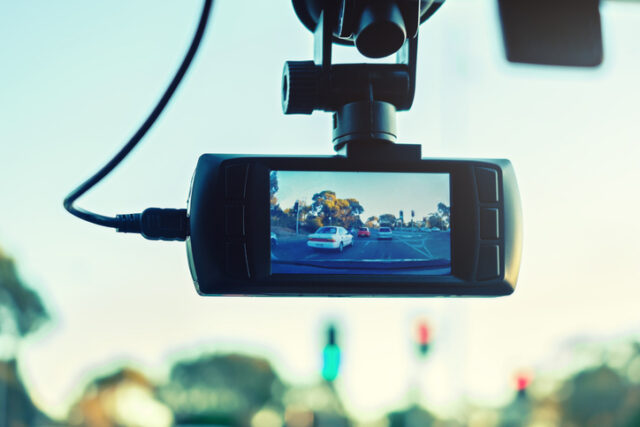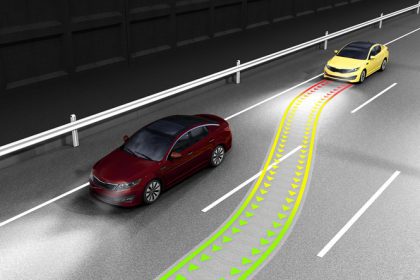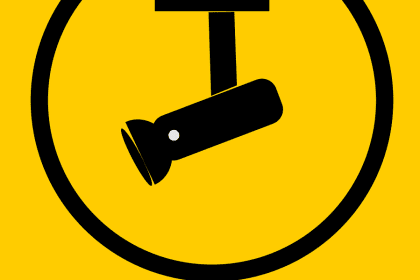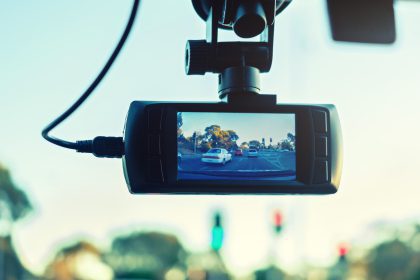Taxi drivers and other motorists are caught on camera hundreds of times a day as they go about their business and need to be on their best behaviour whenever they are at the wheel.
Most of the images captured by CCTV cameras in towns and cities on traffic cameras, dash-cams, CCTV in cabs, security cameras in shops and offices – as well as on mobile phones – are routine and innocuous. But they can also include moments when people have been caught doing things they shouldn’t – from silly and stupid to dangerous.
Whether it is having a drink or a snack at the wheel or more serious infringements such as using a mobile phone or going through a red light, it is being caught on camera somewhere, even if people don’t realise it at the time.
Catching cabbies
There are also groups who – armed with their mobile phones – take it upon themselves to catch people out and report them to the authorities, or simply share footage online and let the court of public opinion decide. Professionals such as taxi drivers are high on their hit list.
Cyclists in cities such as London are particularly keen to catch motorists breaking the rules and there have been cases where groups have gone hunting for taxi drivers in an attempt to try and catch them doing something wrong.
Unsurprisingly, there were probably a few wry smiles when the tables appeared to have turned on a cyclist who filmed a Range Rover driver using a mobile phone while stuck in traffic, only to find themselves being prosecuted.
Prosecution
After submitting head-camera footage to the Metropolitan Police in August last year, officers initially considered London cyclist Dave Clifton’s actions to be a danger to other road users.
While the bang-to-rights Range Rover driver – who was filmed using his mobile phone while waiting at traffic lights – got away with a warning, Mr Clifton was facing court.
The Standard reports he was charged with “riding a cycle on a road without due care and attention” after making a U-turn to record the driver. Police decided he must have been “cycling on the wrong side of the road towards an oncoming motorbike which was also filtering between traffic” and he “could pose a danger to other road users”.
U-turn
Late in the day, the Met abandoned the prosecution and apologised to Mr Clifton for “stress and inconvenience” and the force is now using his footage to train staff.
And while it was initially his own footage that landed him in hot water, the same images got him out of it as he had clear evidence to show what happened. Had it been one person’s word against another, the outcome might have been different.
This is why cameras and mobile phones – used safely and legally – can prove or disprove serious allegations that could affect a taxi driver’s livelihood.
It might seem harsh that a driver with an unblemished record is punished after being filmed once doing something they shouldn’t. This could result in a fine, points on their licence and possibly higher taxi insurance premiums.
But rules are there to keep everyone safe on our roads. You might wonder what’s wrong with a quick, uneventful glance or two at a mobile phone to keep tabs on a booking? But what about the next glance, just moments before you hit a pedestrian or a cyclist you didn’t spot during that split-second?
It isn’t worth the risk and drivers should remember that if anything does go wrong, it will probably be damning video evidence that seals their fate.




